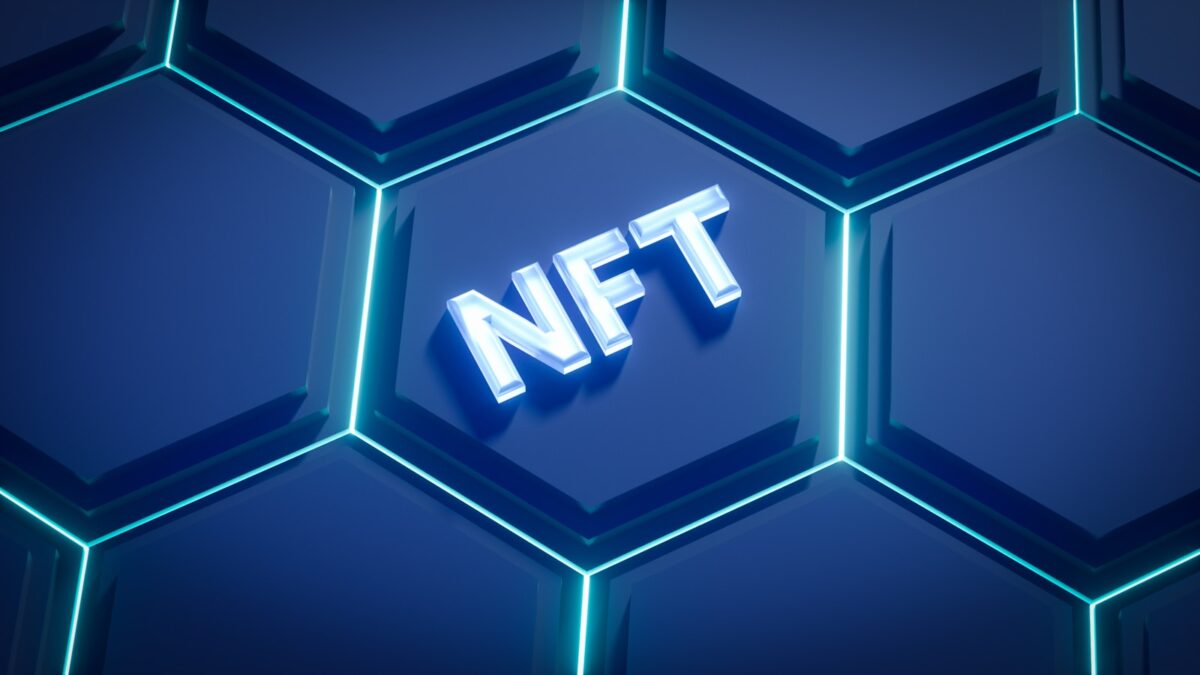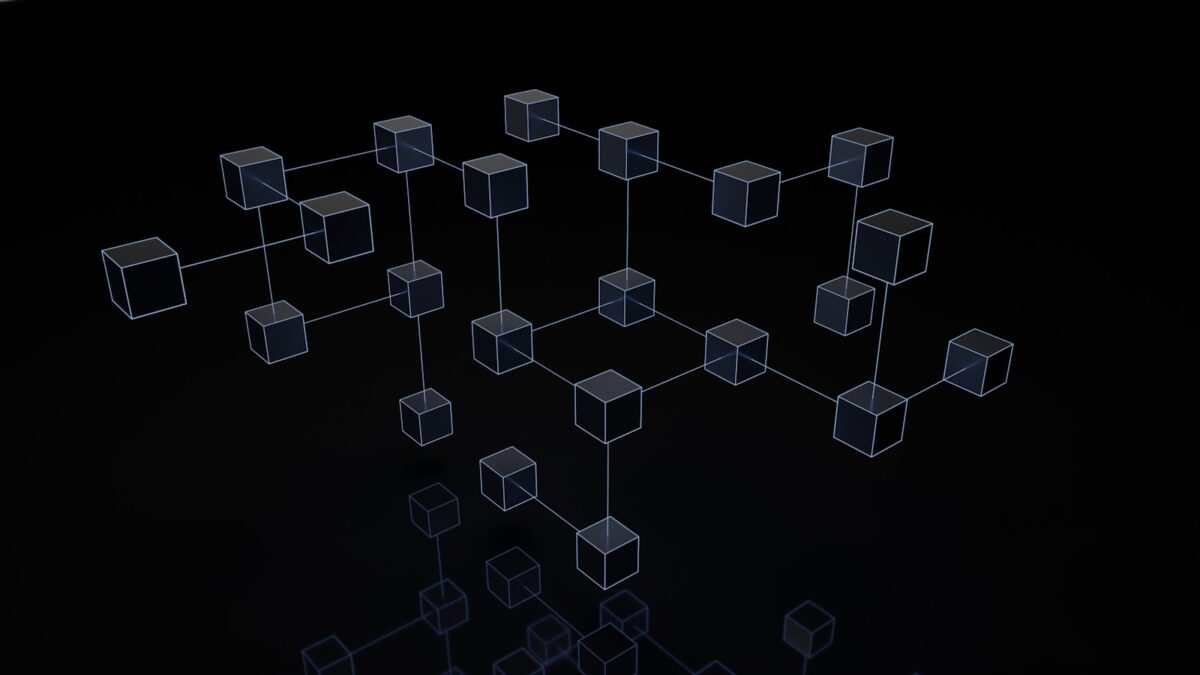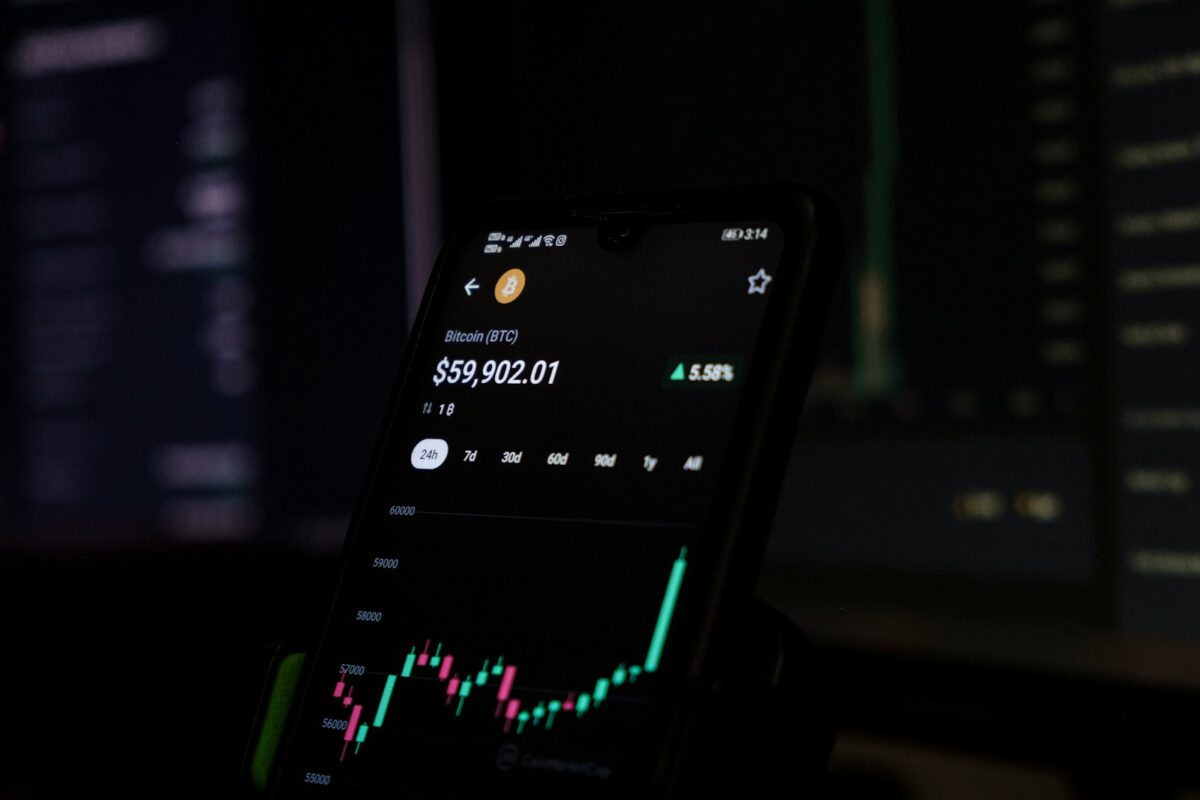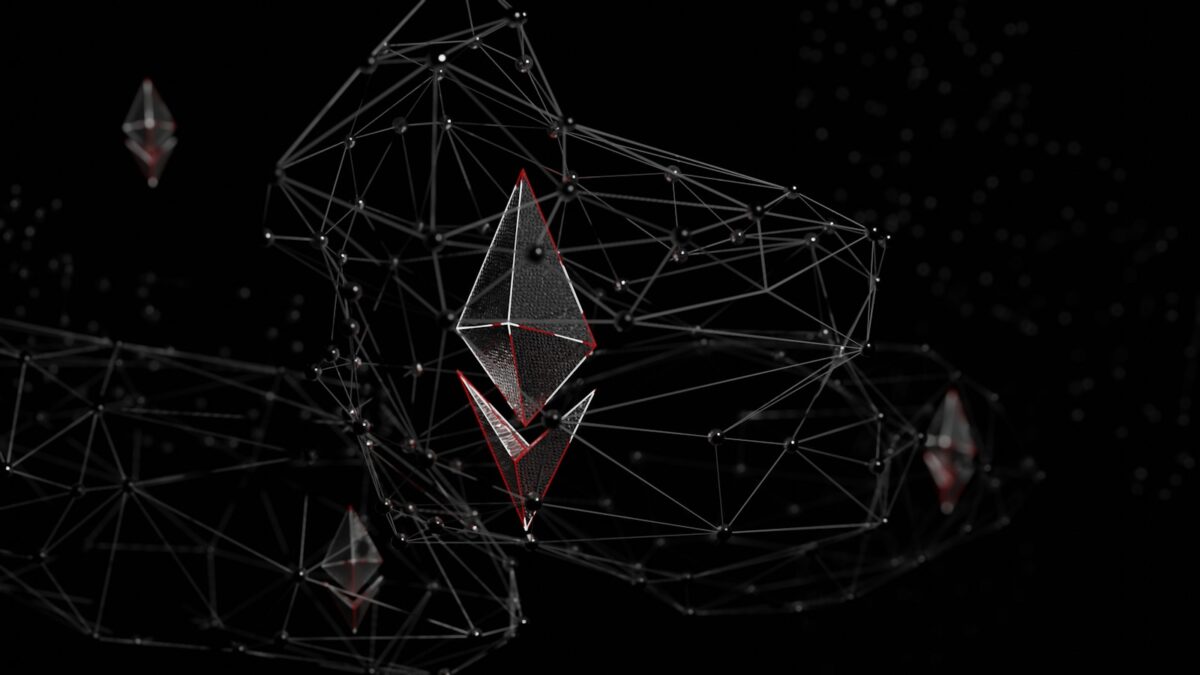
Decentralized autonomous organizations

Token holders play a pivotal role in the governance framework of DAOs by exercising voting rights that directly influence management decisions. This voting mechanism replaces traditional hierarchical control, enabling a more transparent and participatory decision-making process embedded within the DAO’s protocol.
The structural design of these entities eliminates centralized intermediaries, relying instead on smart contracts to automate operational workflows. This code-based structure ensures that rules are enforced consistently, reducing human error and enhancing trust among participants who share ownership through tokens.
Management within such entities is distributed among contributors who engage based on token-weighted consensus, which dynamically adjusts power according to stake. Exploring how different voting schemes affect proposal outcomes can reveal optimal configurations for maintaining balance between efficiency and inclusivity in governance.
Decentralized Autonomous Organizations
Effective governance of blockchain-based entities relies heavily on the integration of token-based voting mechanisms that empower stakeholders to participate in decision-making processes. In these structures, token holders exercise influence proportional to their stake, enabling a collective approach to management without centralized intermediaries. This model enhances transparency and aligns incentives across participants by directly linking governance rights with economic interest.
The fundamental architecture employs smart contracts to codify rules and protocols that guide operational workflows and resource allocation. Such programmable logic ensures that proposals undergo systematic evaluation through predefined voting periods, thresholds, and quorum requirements before execution. By automating enforcement, the system reduces the need for human intervention while preserving adaptability through modular contract upgrades proposed by community consensus.
Structural Elements and Governance Dynamics
These entities operate using a hierarchical yet flexible framework where contributors propose amendments or initiatives via formalized channels. Voting power distribution depends on token ownership, often represented as fungible assets compatible with existing blockchain standards like ERC-20. Tokenomics design influences participation rates and governance effectiveness by balancing concentration against decentralization.
Case studies such as MakerDAO illustrate how collateral-backed tokens enable stakeholders to govern risk parameters affecting stablecoin issuance and stability fees. Another example is Aragon, which provides customizable toolkits allowing groups to deploy tailored governance models suited to their operational needs, including multisignature wallets and dispute resolution modules. These implementations underscore the potential of decentralized governance to manage complex financial instruments transparently.
The interplay between technical infrastructure and social coordination manifests in continuous proposal cycles where token holders assess impacts rigorously before casting votes. Mechanisms like delegation permit trusted representatives to act on behalf of less active members, optimizing decision throughput without compromising democratic principles. Challenges remain in mitigating voter apathy and ensuring security against manipulation attempts within these voting ecosystems.
The success of such entities hinges on robust cryptographic security underpinning smart contracts alongside responsive community engagement strategies. Continuous audits reduce vulnerabilities that could compromise funds or subvert voting integrity. Furthermore, transparent communication channels facilitate informed participation, fostering trust among contributors despite geographic dispersion or anonymity.
Exploring these organizational models invites deeper inquiry into how aligned incentives combined with immutable code can redefine collective management frameworks beyond traditional corporate hierarchies. Experimentation with varying token distributions, quorum settings, and delegation methods offers practical pathways to optimize both efficiency and inclusiveness within these emerging paradigms.
How DAOs Manage Governance
Effective governance within a DAO relies on structured mechanisms that enable token holders to participate directly in decision-making processes. Management is executed through smart contracts that automate proposal submission, discussion, and voting, ensuring transparency and minimizing human error. Token-based voting systems assign proportional influence to participants, aligning governance power with stakeholder investment.
Governance models vary across DAO frameworks but commonly include stages such as proposal creation, community deliberation, voting by token holders, and automatic execution of accepted proposals. This workflow leverages blockchain immutability to record all actions on-chain, providing an auditable trail that reinforces trust among participants without centralized control.
Token-Weighted Voting and Its Implications
The core of many DAO governance structures is token-weighted voting, where the number of tokens held determines an individual’s voting power. This model incentivizes active participation since stakeholders with higher token ownership have greater influence over management decisions. For instance, platforms like MakerDAO utilize this approach for risk parameter adjustments and protocol upgrades, reflecting the economic stakes of its users.
However, this system introduces challenges such as vote concentration risks and potential manipulation by large token holders or coordinated groups. To mitigate these issues, some DAOs implement quorum requirements or quadratic voting methods that reduce dominance effects by giving diminishing returns on additional tokens used for voting.
Proposal Lifecycle and Community Engagement
Governance within decentralized collectives progresses through clearly defined proposal lifecycles: drafting, signaling support via preliminary votes or discussions, formal submission for on-chain voting, followed by enactment if approved. The use of off-chain tools–like forums or Snapshot–complements on-chain procedures by facilitating detailed debate without transaction costs.
- Drafting: Community members formulate suggestions addressing operational or strategic issues.
- Deliberation: Stakeholders exchange views to refine proposals before formal submission.
- Voting: Token holders cast votes recorded immutably on the blockchain.
- Execution: Smart contracts automatically implement decisions after reaching predefined thresholds.
Safeguards Through Multi-Signature and Time Locks
The integration of multi-signature wallets and time lock mechanisms enhances security in DAO governance management by preventing unauthorized or rushed actions. Multi-signature setups require multiple key holders’ approval to execute transactions impacting treasury funds or protocol parameters. Time locks introduce deliberate delays between vote passage and execution, allowing community members to react if malicious activities are detected.
Diverse Governance Models: Comparative Case Studies
The Future Trajectory of DAO Governance Mechanisms
Evolving governance practices aim to balance inclusivity with efficiency by integrating experimental approaches such as holographic consensus and dynamic quorum adjustments based on participation metrics. Ongoing research investigates algorithmic enhancements that can automate conflict resolution while preserving fairness among diverse stakeholders. Active experimentation within various ecosystems provides valuable data points guiding the refinement of collective decision-making protocols in autonomous communities.
DAO Tokenomics Explained
The tokenomics of a DAO fundamentally define its governance and operational mechanics, setting the stage for stakeholder engagement and decision-making processes. Tokens in such structures serve dual roles: as instruments for voting power allocation and as economic incentives that align participant interests with the system’s goals. A carefully calibrated token distribution ensures equitable influence across contributors, preventing centralization of control and enabling transparent management through on-chain mechanisms.
In practice, governance tokens facilitate participation by granting holders rights to propose, debate, and vote on protocol upgrades or resource allocations within the entity. For example, in prominent cases like MakerDAO, voting weight corresponds directly to token holdings, which enforces proportional influence while allowing for delegated voting models to enhance inclusivity. This creates a feedback loop where token utility is tied to active involvement in governance rather than mere speculation.
Token Distribution Models and Incentive Structures
Different DAOs employ variant token issuance strategies that impact their sustainability and participant behavior. Initial distributions might combine liquidity mining rewards, private sales, or community airdrops to bootstrap engagement. Subsequently, inflationary or deflationary emission schedules regulate supply dynamics–balancing between rewarding contributors over time and maintaining scarcity to preserve value. The Aragon network illustrates an inflationary model designed to incentivize continuous contributions while safeguarding against dilution through capped minting policies.
Moreover, governance frameworks often integrate mechanisms such as quorum thresholds and weighted voting that refine decision legitimacy. These parameters can be adjusted via smart contract upgrades authorized by token holder consensus. Practical experimentation with these variables enables communities to optimize responsiveness without sacrificing security or decentralization principles. Investigating these configurations offers insights into how tokenomics shape both collective behavior and technical resilience within self-governing digital entities.
Steps To Launch DAO
The initial phase in establishing a DAO involves designing its core governance model, which dictates how token holders influence decision-making processes. This governance framework must clearly define voting mechanisms, proposal submission criteria, and quorum requirements to ensure equitable participation among stakeholders. For example, models such as quadratic voting or delegated voting offer distinct approaches to balance influence and prevent concentration of power within the community.
Following governance design, the next critical step is deploying the token that represents ownership and voting rights within the entity. Tokenomics should be carefully structured to align incentives with long-term sustainability and active engagement. Technical parameters such as total supply, distribution method, and vesting schedules require precise calibration; a case study from MolochDAO demonstrates how capped supply coupled with ragequit options can mitigate malicious governance attacks.
Technical Implementation and Management Structure
Once the governance rules and token parameters are finalized, smart contracts must be developed and rigorously audited to enforce these rules autonomously on-chain. Selecting a robust blockchain platform supporting composable contracts–such as Ethereum or Polkadot–facilitates modular upgrades while maintaining security standards. Auditing protocols like OpenZeppelin’s toolset help identify vulnerabilities before mainnet deployment.
Effective management also depends on establishing transparent communication channels between participants. Integrating off-chain tools such as Snapshot for gasless voting or Discord for real-time discussions complements the on-chain structure by enhancing coordination without compromising decentralization. The interplay between these layers forms a resilient operational ecosystem where holders stay informed and engaged.
Post-launch monitoring is essential to evaluate protocol performance and adapt governance accordingly. Employing analytics dashboards that track participation rates, proposal outcomes, and token holder distribution enables data-driven refinements. For instance, Aragon’s open-source analytics suite provides metrics that reveal centralization risks or voter apathy trends requiring strategic adjustments.
Finally, legal considerations must be addressed during setup to ensure compliance with jurisdictional regulations affecting DAO activities. While tokens confer rights internally, external obligations regarding securities laws or taxation differ globally. Collaborations with legal experts specializing in blockchain frameworks aid in structuring entities that align operational transparency with regulatory mandates without compromising autonomy.
Conclusion: Addressing Security Challenges in DAO Governance
Prioritizing robust voting mechanisms and secure token management is fundamental for safeguarding the integrity of any self-governing digital collective. The structural design must minimize single points of failure by distributing power equitably among holders to prevent governance manipulation or hostile takeovers. For example, implementing quadratic voting can mitigate dominance by large token holders, enhancing fairness within the decision-making process.
The complexity of these entities’ frameworks requires continuous scrutiny of smart contract vulnerabilities and upgradeable protocols to ensure resilience against exploitation. Experimental approaches such as formal verification and modular contract architecture provide promising paths to reinforce operational security while maintaining flexibility for governance evolution.
Future Perspectives on DAO Security and Management
- Voting Integrity: Integrating zero-knowledge proofs and off-chain aggregation techniques can enhance privacy without compromising transparency, opening new avenues for scalable and confidential governance participation.
- Token Distribution Models: Dynamic tokenomics that adjust distribution according to engagement metrics may better align incentives among diverse stakeholders, reducing risks associated with static ownership concentrations.
- Structural Resilience: Layered multisignature schemes combined with time-lock contracts offer improved safeguards against abrupt governance changes, allowing a window for community response before critical decisions take effect.
- Management Automation: Incorporating machine learning algorithms into treasury management could optimize fund allocation while preserving human oversight through encoded governance rules.
Each advancement in the architecture of these independent collectives challenges traditional assumptions about organizational control, inviting further experimentation with hybrid models that blend algorithmic enforcement and human judgment. This progression encourages a deeper understanding of how decentralized stewardship can coexist with reliable security frameworks, ultimately driving innovation in collaborative management systems worldwide.


